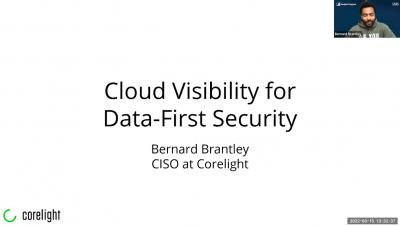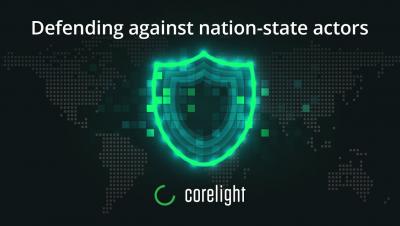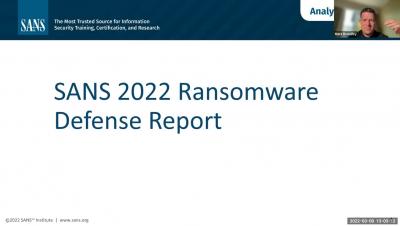VPNs are increasingly common - how much can you see?
VPN tunnels are like shipping containers in that they are widely used (especially as the pandemic has moved more of the workforce to remote work), and they can be used to carry traffic for legitimate as well as malicious purposes. Establishing a tunnel between corporate offices, remote workers, or partners to transfer data is a legitimate and common use for VPNs.





